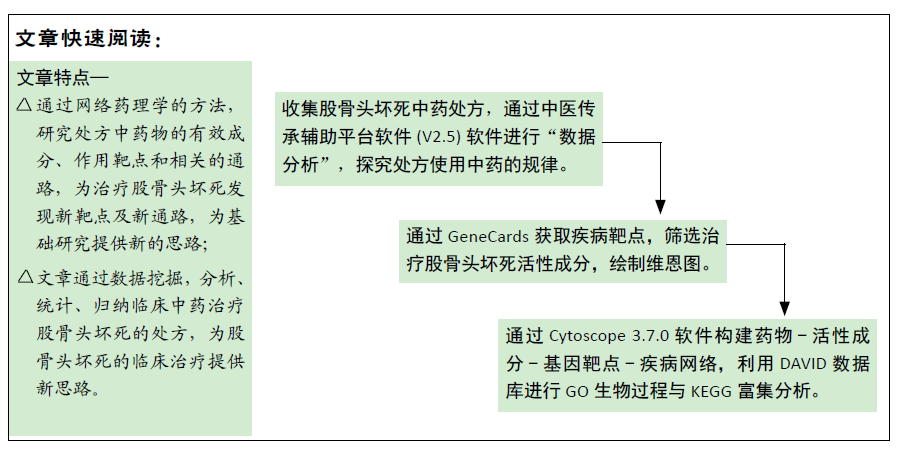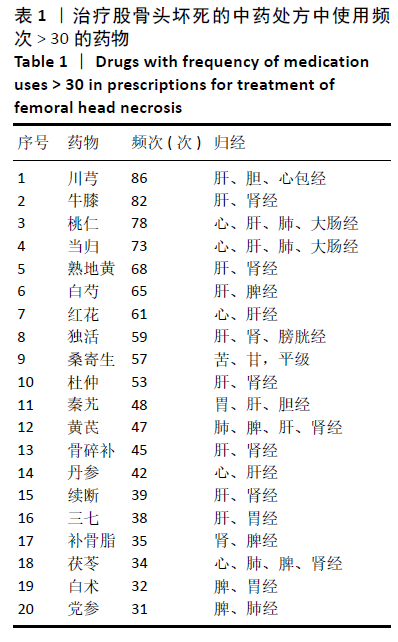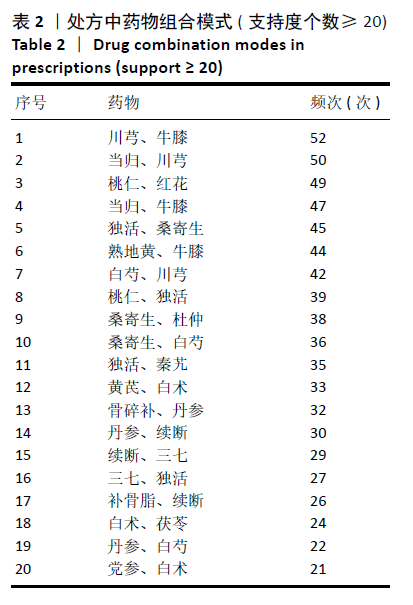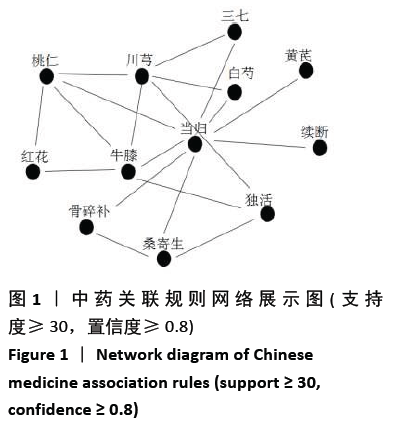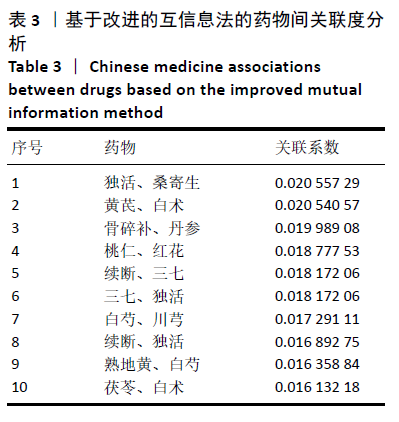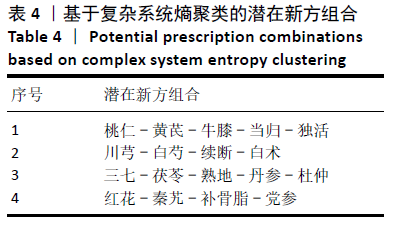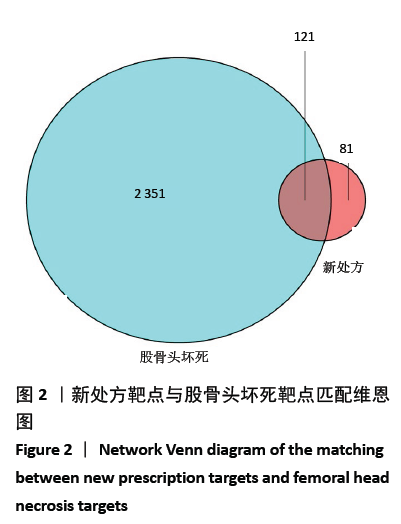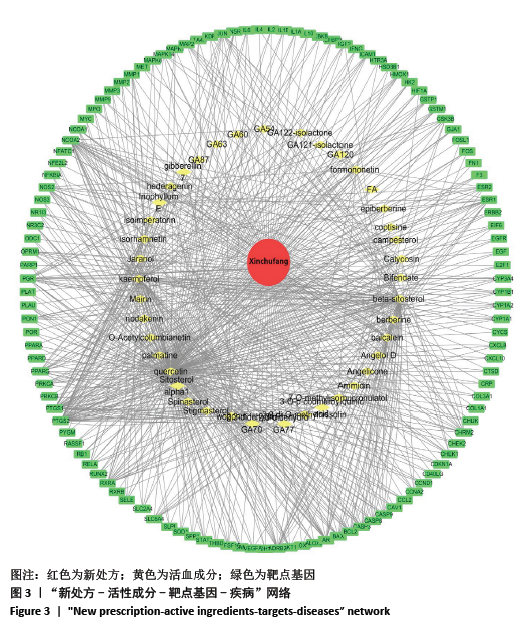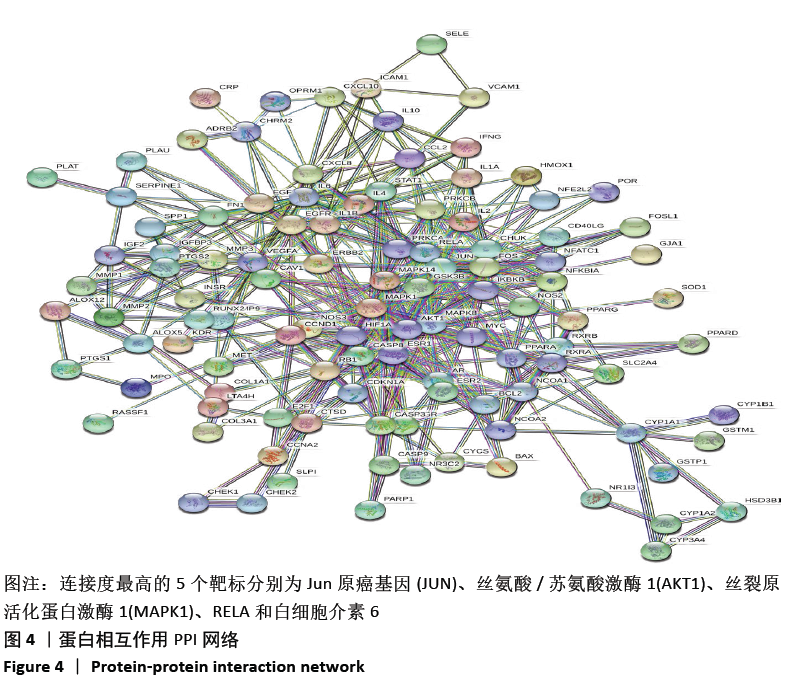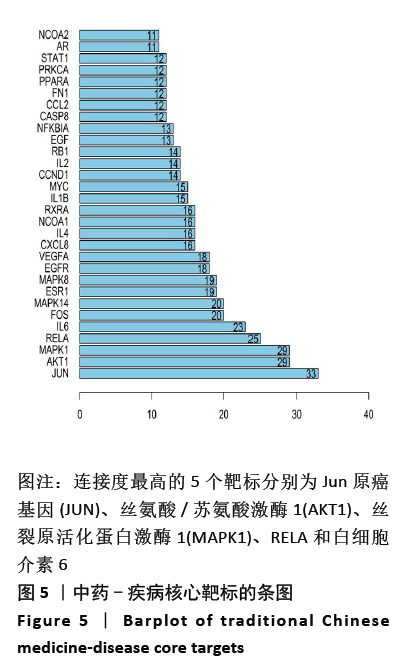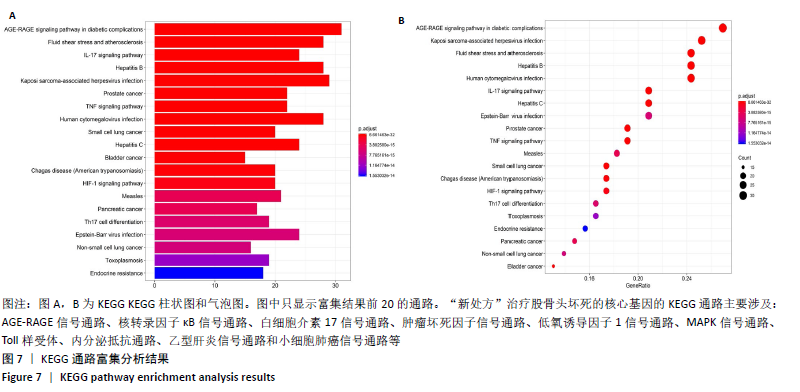[1] MONT MA, CHERIAN JJ, SIERRA RJ, et al. Nontraumatic osteonecrosis of the femoral head: where dowe stand today? A ten-year update. J Bone Joint Surg Am. 2015;97:1604-1627.
[2] SHIBATANI M, FUJIOKA M, ARAI Y, et al. Degree of corticosteroid treatment within the first 2 months of renal transplan-tation has a strong influence on the incidence of osteonecrosis of the femoral head. Acta Orthop. 2008;79(5):631-636.
[3] SHIGEMURA T, NAKAMURA J, KISHIDA S, et al. Incidence of osteonecrosis associated with corticosteroid therapy among different underlying diseases: prospective MRI study. Rheumatology (Oxford). 2011;50(11): 2023-2028.
[4] SADILE F, BERNASCONI A, CARBONE F, et al. Histological fibrosis may predict the failure of core decompression in the treatment of osteonecrosis of the femoral head. Int J Surg. 2017;44:303-308.
[5] FUKUSHIMA W, FUJIOKA M, KUBO T, et al. Nationwide epidemiologic survey of idiopathic osteonecrosis of the femoral head. Clin Orthop Relat Res. 2010;468(10):2715-2724.
[6] Koo KH, Song HR, Yang JW, et al. Trochanteric rotational osteotomy for osteonecrosis of the femoral head. J Bone Joint Surg Br. 2001;83(13):83-89.
[7] BESSETTE BJ, FASSIER F, TANZER M,et al. Total hip arthroplasty in patients younger than 21 years: a minimum, 10-year follow-up. Can J Surg. 2003;46(5):257-262.
[8] 苏诗瑶,姚啸生,于冬冬,等.辨证论治应用中医药防治股骨头坏死的研究进展[J].实用中医内科杂志,2020,34(6):17-20.
[9] 陈海诚,袁颖嘉,黄楚瑶,等.股骨头坏死外科脱位入路打压植骨支撑术后超早期康复介入的保髋效果[J].中国组织工程研究,2019,23(24):3812-3818.
[10] 魏秋实,张颖,曾平,等.活血通络法对静息性股骨头坏死的临床和影像表现的干预作用[J].时珍国医国药,2018,29(4): 890-893.
[11] 赵德伟,胡永成.成人股骨头坏死诊疗标准专家共识(2012年版)[J].中华关节外科杂志(电子版),2012,6(3):479-484.
[12] MONT MA, MARULANDA GA, JONES LC, et al. Systematic analysis of classification systems for osteonecrosis of the femoral head. J Bone Joint Surg Am. 2006;88 Suppl 3: 16-26.
[13] XU X, ZHANG W, HUANG C, et al. A novel chemometric method for the prediction of human oral bioavailability. Int J Mol Sci. 2012;13(6):6964-6982.
[14] WALTERS WP, MURCKO MA. Prediction of ‘drug-likeness’. Adv Drug Deliv Rev. 2002; 54(3):255-271.
[15] LIU J, PEI T, MU J, et al. Systems Pharmacology Uncovers the Multiple Mechanisms of Xijiao Dihuang Decoction for the Treatment of Viral Hemorrhagic Fever. Evid Based Complement Alternat Med. 2016;2016:9025036.
[16] 于潼,谢利民.股骨头坏死的中医病因病机及辨证分型的探讨[J].北京中医药, 2010,29(5):393-396.
[17] 于潼,谢利民,王文岳,等.从中医证候学研究探讨股骨头坏死的病因病机[J].中国中医骨伤科杂志,2014,22(3):74-76.
[18] 郑升鹏,曾志奎,姜自伟,等.基于数据挖掘的骨质疏松症用药规律研究[J].中华中医药学刊,2018,36(2):341-344.
[19] 邓树泳,李静,罗来成.中药药对的现代研究进展[J].时珍国医国药,2012,23(4): 1003-1005.
[20] 唐仕欢,杨洪军.中医组方用药规律研究进展述评[J].中国实验方剂学杂志,2013, 19(5):359-363.
[21] 孔维霞,朱恒,江小霞,等.MAPK通路参与小鼠骨实质来源间充质干细胞向成骨的分化[J].中国实验血液学杂志,2010, 18(4):981-985.
[22] 王钰钢,范启明,汤亭亭,等.AMPK信号通路对骨代谢的调节作用[J].中国骨质疏松杂志,2014,20(3):322-326.
[23] PISANI LP, ESTADELLA D, RIBEIRO DAI, et al. The Role Of Toll Like Rectors (TLLRs) in Oral Carcinogenesis. Anticer Resz. 2017; 37(10):5389-539.
[24] OKAYAKI S, NAGOYA S, MATSUMOTO H, et al. TLR4 Stimulation and corticosteroid intricately induce osteonecroisis of the femoral head in rat. J Orthop Res. 2016; 34(2):342-345.
[25] HUTAMI IR, TANAKA E, IYAWA T, et al. Crosstalk Bass Fas and S1P1 Signing Via Via NK-κB in Osteoclasts Bonds Bone Destruction in thy TMJ Due to Rheumatoid Arthritis. Jpn Den Sci Rev. 2019;55(1):12-19.
[26] OKAYAKI S, NAGOYA S, MATSUMOTO H, et al. TLR4 Stimulation and Corticosteroid Interactively Induce Osteonecrois of the Femoral Head In Rat. J Orthop Res. 2016; 34(2):342-345.
[27] SCHEREIBER T, SALHOFER L, KUNING T, et al. Thanks get brozken: thee hypoxia induclibly facility prolyl hydroxaes in ischemic heat disaase. Basic Res Card. 2019;114(3):16.
[28] LI J, FAN L, KU Y, et al. The ffect of the deferoxamine on angionesis and bon bon repairer in steroid induce osteonecrosis of rabbit health federal beards. Exp Biol Med. 2015;240(2):273-280.
[29] ZHANG W, GUAN Z, PEI X, et al. In vivo and in inviting characteristic of off hif-1alph and end relative génés insignificance. Int J Clin Exp Patol. 2015;8(6):7210-7216.
[30] 徐炜. HIF-1α/SDF-1/CXCR4信号轴在颅脑损伤时骨折加速愈合中的作用及实验研究[D].苏州:苏州大学,2019.
|
